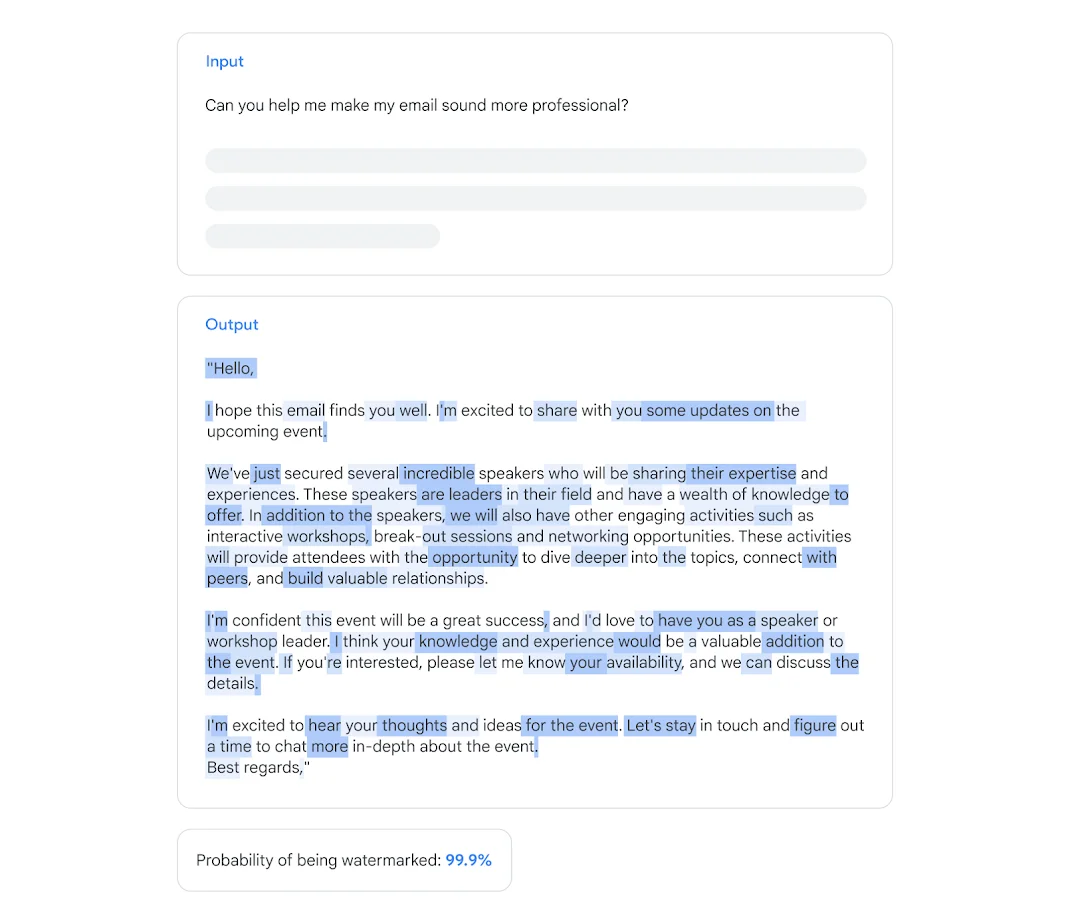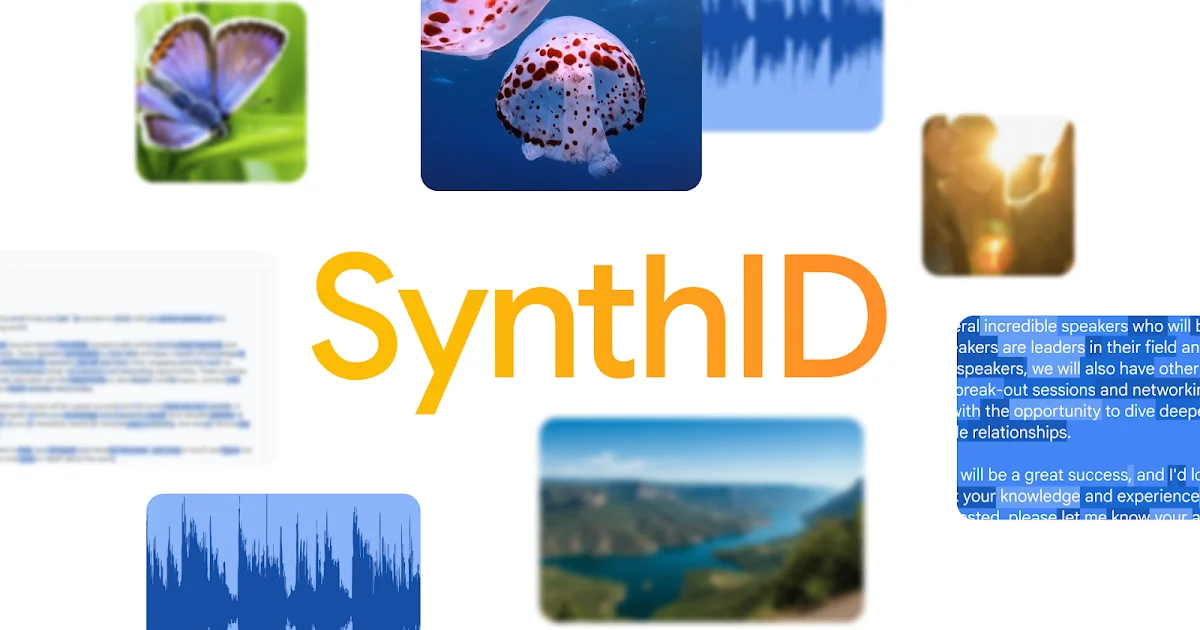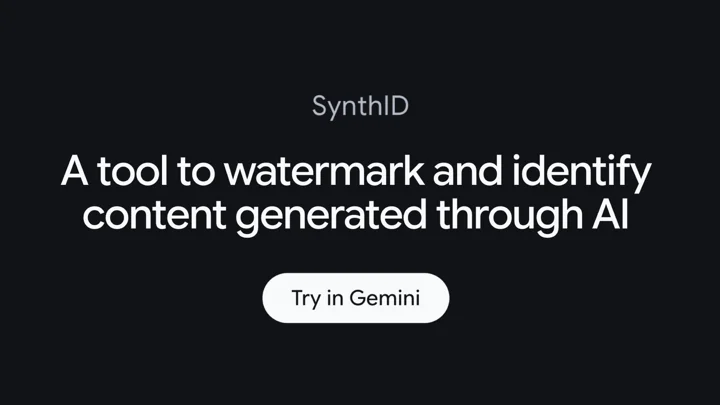Google has released SynthID Text, a technology that allows developers to watermark and detect text generated by AI models. This tool, now generally available, can be downloaded from Hugging Face and Google’s Responsible GenAI Toolkit. SynthID Text embeds digital watermarks into AI-generated content, making it possible to identify such content and mitigate misinformation and misattribution issues.
SynthID Technology
SynthID, developed by Google DeepMind, watermarks AI-generated images, audio, text, and video. The watermarking tool has been open-sourced to help developers and businesses identify AI-generated content. The technology is integrated into Hugging Face Transformers v4.46.0+ and is also available on GitHub.
Watermark Application
SynthID Text functions as a logits processor in the model's generation pipeline, using a pseudorandom g-function to encode watermarking information. Key parameters for watermarking configuration include:
- Keys Parameter: A list of unique, random integers used to compute g-function scores.
- ngram_len Parameter: Balances robustness and detectability, with a default value of 5.
Additional configurations include:
- Sampling Table: Configured by
sampling_table_sizeandsampling_table_seed. - Context History: Repeated n-grams in preceding tokens are not watermarked to improve detectability.
No additional training is required; a watermarking configuration is passed to the model's .generate() method to activate the SynthID Text logit processor.

Watermark Detection and Verifiability
Watermark detection is probabilistic, using a Bayesian detector available with Hugging Face Transformers and on GitHub. The detector can output three states: watermarked, not watermarked, or uncertain. Detection thresholds can be tuned to achieve specific false positive and false negative rates.
Detection verification approaches include:
- Fully-Private: No release or exposure of the detector.
- Semi-Private: Exposes the detector through an API.
- Public: Releases the detector for public use.
Limitations
SynthID Text watermarks are robust to minor transformations but have limitations:
- Less effective on factual responses.
- Reduced detector confidence when text is thoroughly rewritten or translated.
SynthID Text is not designed to stop motivated adversaries but can make malicious use of AI-generated content more difficult and can be combined with other approaches for better coverage.
Licensing
Content is licensed under the Creative Commons Attribution 4.0 License, and code samples under the Apache 2.0 License. For more details, refer to Google Developers Site Policies.




















